TAMPA, Fla. — To combat unemployment fraud and keep tax dollars out of the hands of criminals, Florida hired ID.me — a company that uses facial recognition as a tool to verify people are who they say they are.
But bias within facial recognition could create new barriers to unemployment benefits, critics warn, putting women and people of color at a disadvantage.
"I CAN'T GET THROUGH"
Jonee Armstrong first contacted ABC Action News at the end of April after she was unable to verify her identity through ID.me to collect unemployment benefits.
The Florida Department of Economic Opportunity, responsible for issuing unemployment benefits, directed her back to ID.me.
“I think it needs to be brought to light to see if anyone else is going through this,” Armstrong told the I-Team.
Armstrong provided paperwork to I-Team Investigator Kylie McGivern, proving her eligibility for unemployment benefits after she won her appeal.
“I was dancing around that room, I was so happy,” Armstrong said of the moment she opened up a letter from the state, saying the decision was reversed. “But still, I sit here today and I haven’t received one dime. And the situation is worse because I am locked out of my account.”
Armstrong said she sent her driver's license and social security number to ID.me to prove her identity.
“I did it over and over and over,” Armstrong said.
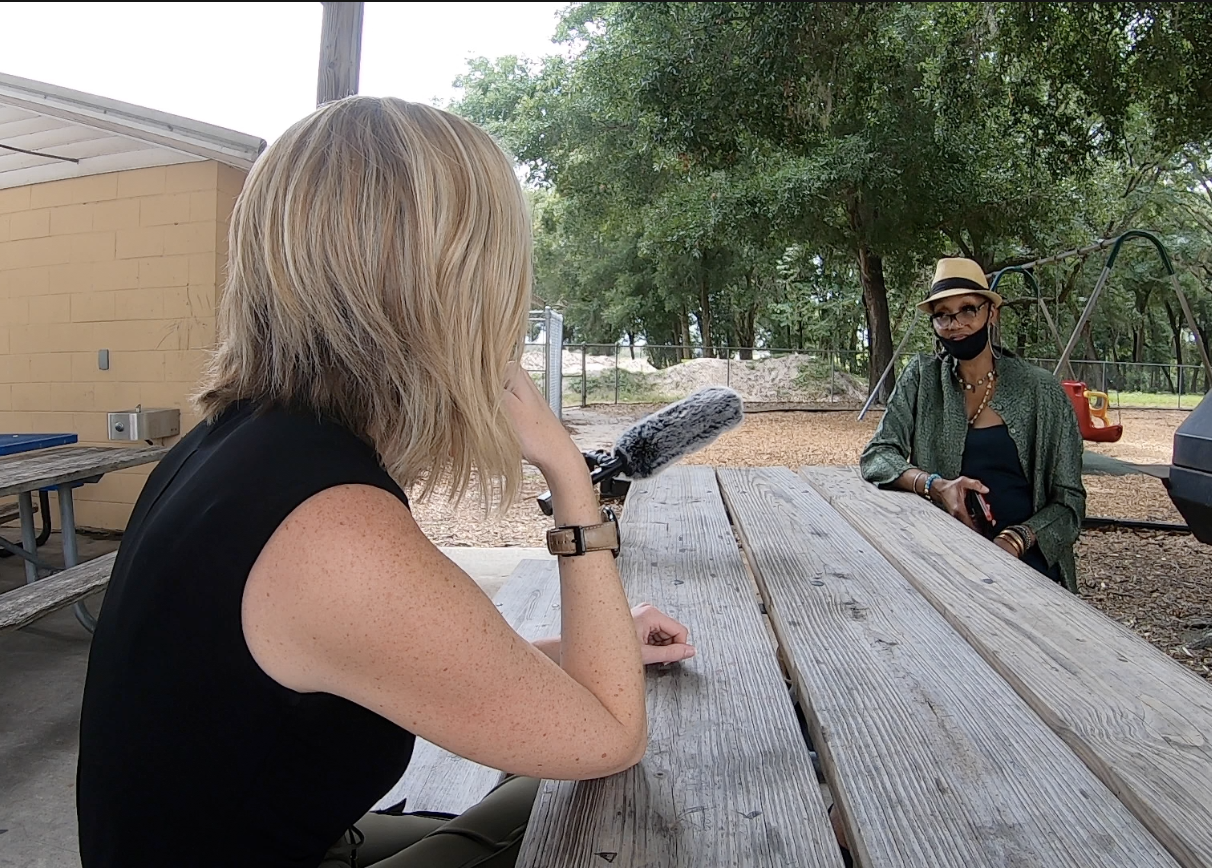
If providing documentation doesn’t work, the next step to verify someone’s identity is to take a selfie through ID.me to see if the image matches the government ID provided.
After three failed attempts, the final option is a video call with someone from ID.me.
The wait for a video call can be anywhere from around two hours more recently, to more than six hours in the past, according to Floridians who contacted ABC Action News.
“You can never talk to anybody,” Armstrong said of trying to contact the company’s customer service support. “So that’s how I came to calling the news station.”
Armstrong isn’t alone.
LOCKED OUT
In March, Christine Egitto contacted ABC Action News after having problems with ID.me.
“I can’t get through that and the frustration is a nightmare,” Egitto said, before ABC Action News was able to help get her account verified.
Over the last month, a search of the spreadsheet ABC Action News sends to DEO on a weekly basis with the names and information of people still struggling to collect benefits, revealed more than 60 people filled out the form specifically mentioning ID.me.
RELATED STORIES:
- Out-of-work Floridians running into issues on DEO's backup site PEGA while applying for MEUC
- ID.Me says many states are seeing a 30% fraud rate during ID verification on unemployment claims
- Out-of-work Floridians locked out of CONNECT accounts after ID verification
- Locked accounts plague certain unemployed Floridian's for weeks
- ID.Me, the company tasked by Florida to eliminate unemployment fraud says fraud attempts are down but not gone
Some were stuck, others were in fact verified, but their unemployment accounts to claim benefits on the state’s website CONNECT were still locked by DEO. Out-of-work Floridians desperate for unemployment checks to put food on the table, take care of car payments, bills and rent, said they were waiting weeks and months for the state to unlock their account.
“We are working diligently to resolve the issue and unlock claims that have been re-locked,” a DEO spokesperson recently told the I-Team in an email. “For existing claimants who have been verified and continue to have their claims re-locked, they should allow at least 24-48 hours for the claim to be unlocked.”
“I know people who completed this in January and are still locked,” advocate Vanessa Brito said, who has helped thousands of Floridians navigate the state’s unemployment system. “There are many, many flaws and this is one of the many.”
Brito said she noticed a pattern when it comes to those she’s heard from on the specific issue of being unable to match their face to their ID.
“Older women who are 55 and older have had significantly more issues with ID.me,” Brito said. “So because the photograph or the selfie or facial recognition doesn’t work for them, or it rejects their photograph, they’re forced to wait hours to do a video conference with a referee from ID.me, which means that their benefits are on hold even longer. Same thing with folks, whether male or female, who are Black.”

PREVENTING IDENTITY THEFT
The I-Team brought the concerns to ID.me Co-Founder and CEO Blake Hall.
“What our data shows is that it is enormously effective at preventing identity theft, at preventing criminals from attacking the state, because criminals do not want to put their face in front of a camera when they are committing a felony,” Hall said.
Florida is one of 26 states that have hired ID.me in a matter of months to fight unemployment fraud.
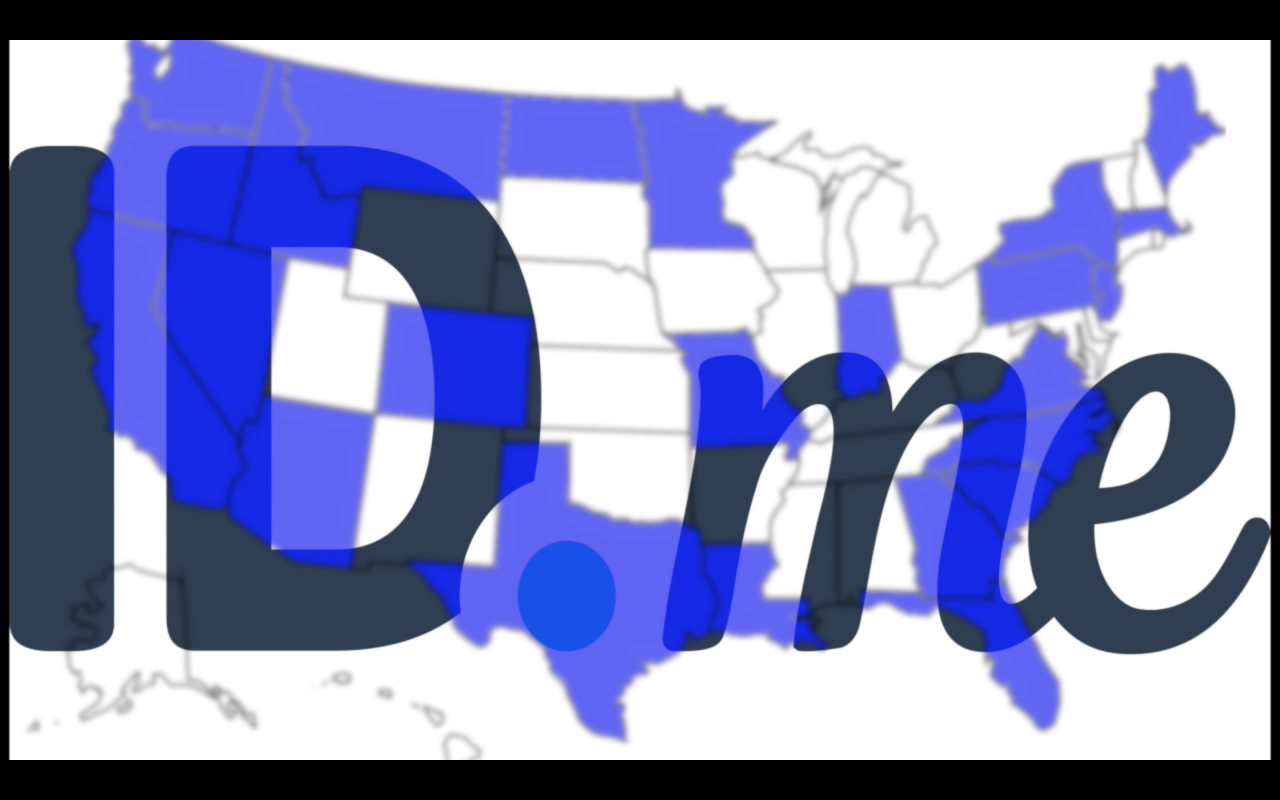
Hall said in the states they’ve analyzed, like California and Arizona, the fraud rate “is always north of 50%.”
But they have not looked at that rate in Florida, and Hall said it would be up to the DEO to release the information.
Few specifics have been made public surrounding the scope of Florida’s unemployment fraud.
What we do know is that earlier this year, DEO Secretary Dane Eagle told lawmakers the state’s own fraud detection system flagged 150,000 claims in January. They sent around 700,000 more to ID.me for verification.
The I-Team asked the DEO how many reports of unemployment fraud and identity theft the state has received and turned over to law enforcement since the beginning of the year. We are waiting on an answer.
"NO IDENTITY LEFT BEHIND"
ID.me says it is the only company in the United States that can remotely verify individuals via video conference and that 10% of applicants have to wait for video chat verification after failing the facial recognition step.
When the I-Team asked if ID.me is tracking the demographics of those who fail the facial recognition, Hall said, “We don’t track like the demographics of folks going through, but what we do want to make sure is that the technology isn’t discriminating against anyone.”
To do this, Hall said his data team randomly selected roughly a thousand failed matches to review from the Social Security Administration (SSA), where they also have a contract.
"There actually is no correlation between the color of your skin and your propensity to pass or fail that photo match step,” Hall said, about the data. “It has much more to do with the lighting of the environment and whether you took, like a blurry photo or a picture of only half your face, those are the types of things.”
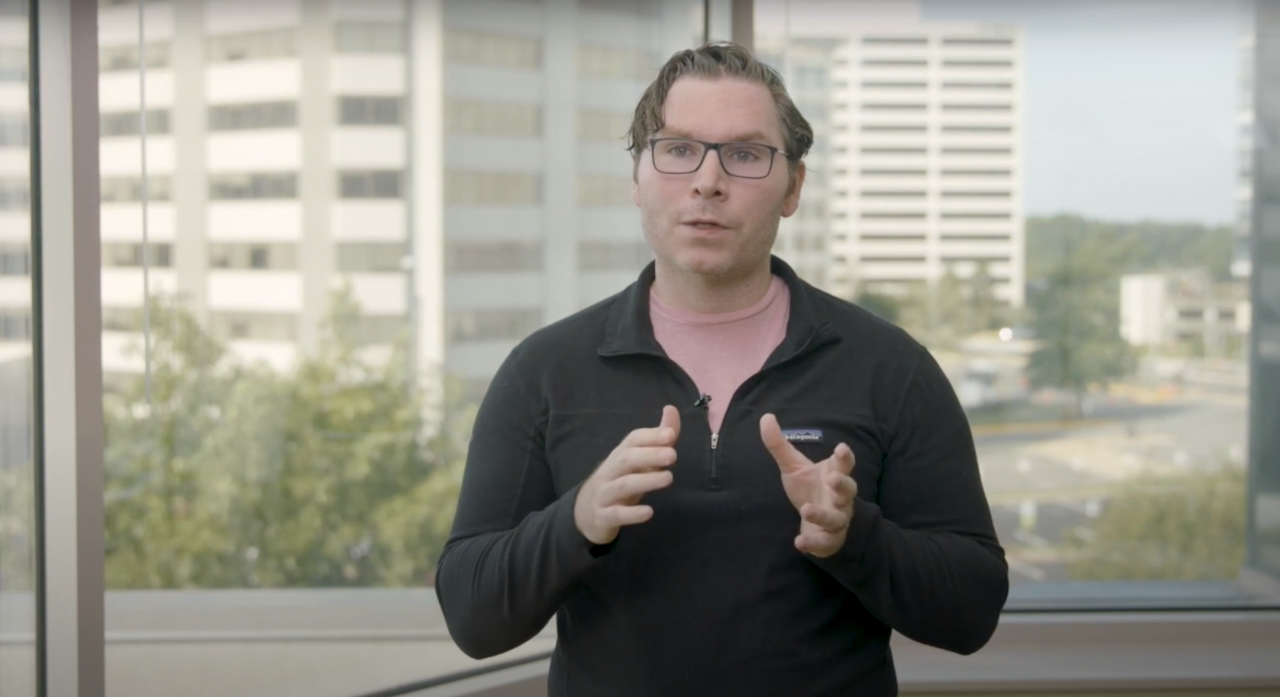
The company shared other variables that can influence pass rates:
- A document watermark over the photo that obscures the face and/or produces glare
- A poor-quality image of the government ID photo
- An obscured or low-quality selfie photo
- A face change (government ID photos can be a decade old) in the time since the government ID photo was taken
And sometimes, the false negative occurs for no apparent reason. But Hall said there was nothing they’ve found specific to Florida’s false negatives using ID.me.
“The goal is to get everybody through, no identity left behind,” Hall said.
ID.me says it is currently working to make its system more accessible by opening up locations for people to get verified in person.
“The ‘in-person’ gets that last mile, who maybe just don’t have reliable internet,” Hall said.
“We’ll be transparent with the data that we have,” he said. “The data on Face Match shows that 95% plus pass it.”
SEEKING STATE RESPONSE
The I-Team asked the DEO multiple times how it vetted the ID.me facial recognition program, what questions it asked ID.me about the technology before hiring the company. DEO did not answer the question.
The I-Team also asked if the state is tracking whether people of color and/or women are disproportionately having issues verifying their identities through ID.me.
A spokesperson emailed, “The Department does not have data relating to issues with ID.me's third-party verification system.”
DEO did not agree to multiple requests for an interview, saying Secretary Eagle is “unavailable for an interview.”
Instead, a spokesperson sent this statement:
“ID.me is a trusted partner of the state and federal government to help mitigate the unprecedented spread of Reemployment Assistance fraud across the country,” said Secretary Dane Eagle of the Florida Department of Economic Opportunity. “ID.me’s services have been crucial in protecting the identities of Floridians, and we are excited to learn they will be adding additional staff here in Florida to help combat fraud and protect taxpayer dollars.”
RELATED STORIES:
- Id.me bringing 500 job opportunities to Tampa
- Homeland Security proposal would allow facial-recognition scanning on all travelers — even citizens
- Privacy advocates concerned about Amazon marketing facial recognition to Ring doorbell police partners
- State working with federal prosecutors to go after people using ID theft to file fraudulent unemployment claims
"SOME SYSTEMS ARE BETTER THAN OTHERS"
The algorithm ID.me uses from Paravision to compare a person’s face to their government ID is among the top out of hundreds a federal lab has tested for accuracy.
“Face recognition technology is submitted to us, we run it and we run it on large databases of images, and we look at the technical performance of those algorithms,” Patrick Grother, a computer scientist at the National Institute of Standards and Technology said.
Those databases include millions of images collected from authorized travel, immigration or law enforcement.
- Domestic mugshots collected in the United States
- Application photographs from a global population of applicants for immigration benefits
- Visa photographs submitted in support of visa applicants
- Border crossing photographs of travelers entering the United States
Source: NIST
Grother is part of a team that published a study in December 2019, finding many facial recognition algorithms did not perform as well when identifying differences between pairs of Black, Asian or female faces.

The error rate was better for programs that just compared a person’s face to their own government ID, like ID.me.
Still, when the I-Team brought up the 95% success rate ID.me touted, Grother viewed it differently.
“95% is not actually a good number, that would mean that 5% would be failing. Okay so one question would be why,” Grother said. “And then asking which demographics are in that community.”
As an example, the I-Team looked at the number of people who’ve applied for unemployment between March 15, 2020 and May 27, 2021 — 3.2 million.
In that scenario, 95% would still mean more than 163,000 people could not verify their identity through facial recognition.
“It would be beneficial to everyone I think, to try to improve that number from 95% upwards,” Grother said.
PUTTING IT TO THE TEST
It’s problems like this that scientists like Shaun Canavan, an assistant professor at the University of South Florida, are working to solve.
“It is arguably the number one problem in face recognition right now, is how to combat bias,” Canavan said.
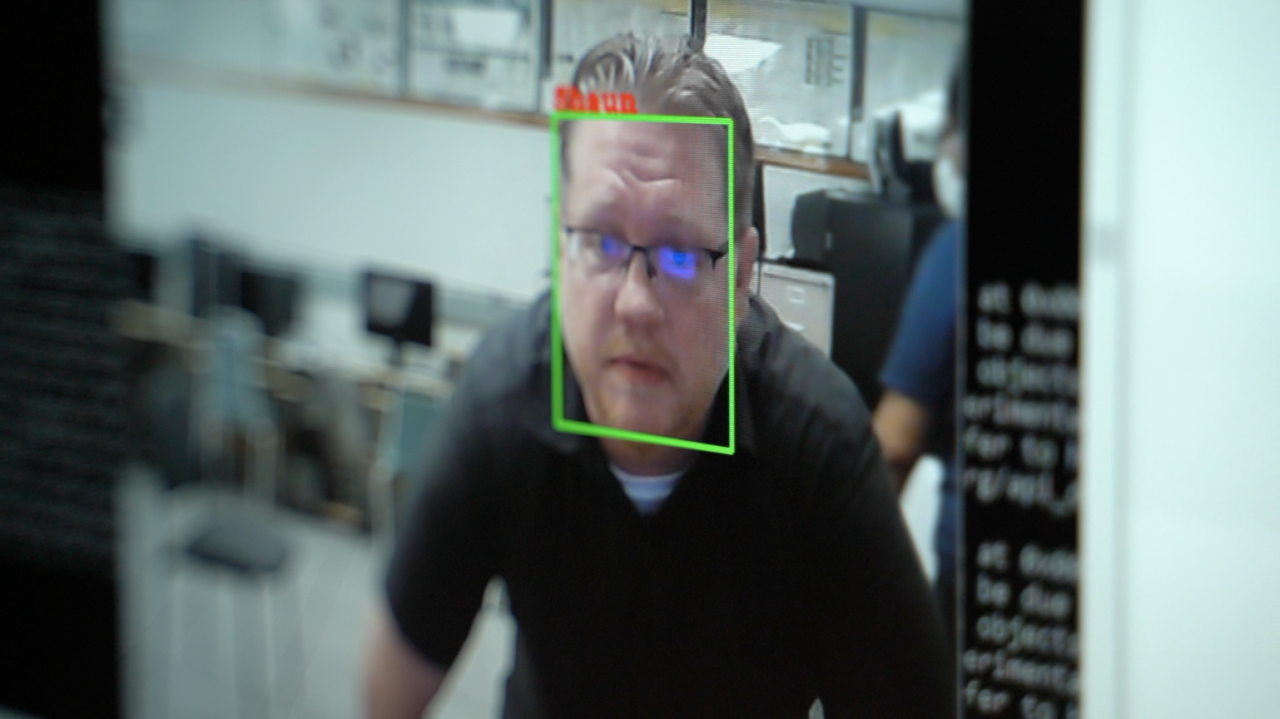
“We're seeing so many societal problems with this face recognition, the wrong person being convicted of a crime, for example, because face recognition or a cop pulled somebody over. Because it's something that ID’d them, the system ID’d them as somebody they weren’t,” Canavan said.
What Canavan described is a type of facial recognition that is referred to as "one-to-many" identification, meaning a search determines whether the person in a photo has any match in a database of potentially hundreds of millions of people.
The other type of facial recognition, "one-to-one" face matching, confirms whether a photo on a government ID, for example, matches a different photo of the same person.
"It's technically an easier problem. Instead of comparing against every possible name in the world, you're saying, 'This is Shaun, does it look like him?'" Canavan explained of one-to-one face matching, the type of facial recognition ID.me uses.
The I-Team asked Canavan if there is still a risk for bias within one-to-one facial recognition.
“Absolutely," Canavan said. "Yes, there's definitely still a challenge and a problem.”
"It sounds great" Canavan said of a 95% success rate. "But when you start looking at millions and millions of people, that 5% becomes a pretty large amount of people that are being misclassified. And that is very common in artificial intelligence, we tout high numbers and sometimes it's not so great when you look at the bigger picture.”
A major issue, Canavan said, is the programs are “trained” predominantly on white people.
“So for example — put it to my students who are from India, some of them, and sometimes it does not work. Because we do not have the images that actually show the facial features that they need,” Canavan said.
Things like facial hair, glasses or makeup can also throw off facial recognition.
I-Team Investigator Kylie McGivern gave Canavan permission to use pictures and videos of her found online to “train” the system.

“It recognizes you,” Canavan confirmed. “We took your information from YouTube, we put it into the system, we told it, ‘this is who Kylie is, this is what she looks like’, and it worked pretty well for you. There are many cases where it doesn’t though.”
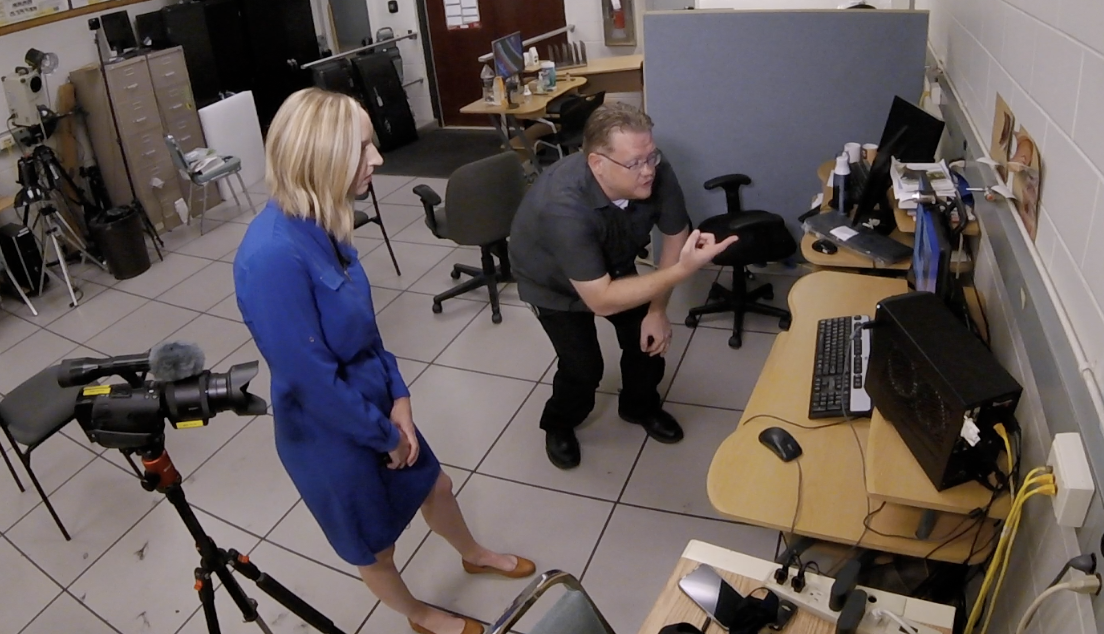
As an example, by turning her head off center, USF’s facial recognition technology failed.
“Now it thinks you’re a new person,” Canavan said.
A core part of Canavan’s research is bias in recognizing different facial expressions.

As facial recognition becomes more prevalent and the stakes are higher, Canavan said researchers across the globe have come together to work on this problem.
“It’s a huge priority. We need to solve it and we need to work fast,” he said.
"A HIGH STAKES DECISION"
Mutale Nkonde is a policy analyst and founder of AI For the People (AFP), a nonprofit working to advance racial justice in artificial intelligence.

Nkonde told the I-Team she recently reviewed ID.me’s contract with the state of Colorado.
“I knew that they were using facial recognition to try and reduce benefit fraud and having spent really the last three years researching facial recognition, and the implications of it for people who are non-white, people with dark skins, that really, really concerned me,” she said. “So many Black — and other people of color — are disproportionately poorer than white Americans, so it’s going to impact them the most.”
The I-Team asked Nkonde if she thinks weeding out unemployment fraud is worth using facial recognition.
“I would argue actually it’s not,” she replied. “Principally because facial recognition technology does not work in the way that it’s intended. Right now.”
Nkonde called the use of facial recognition technology as a way to determine an identity for unemployment benefits “too much of a high stakes decision.”
“The implications of somebody not getting their unemployment benefits, that leads to the inability to buy food, it could lead to loss of housing, it could lead to inability to access transportation, all of these things are needed when you’re looking for a job,” Nkonde said.
It’s a reality Armstrong knows firsthand, relying on family for housing and transportation.
“If I didn’t have people that love me in my life, that are there for me, I would be on the street,” Armstrong said. “I just want what’s owed to me.”
Since the I-Team met with Armstrong, she’s been able to verify her identity through ID.me. But weeks later, she is among those still waiting on DEO to unlock their accounts. The state says it is looking into her case.
If you’re having trouble verifying your identity through ID.me or collecting unemployment, please fill out our form.
Having trouble with Florida unemployment? Let us help
ABC Action News has sent the names and information of more than 27,000 Floridians to the state so far.








